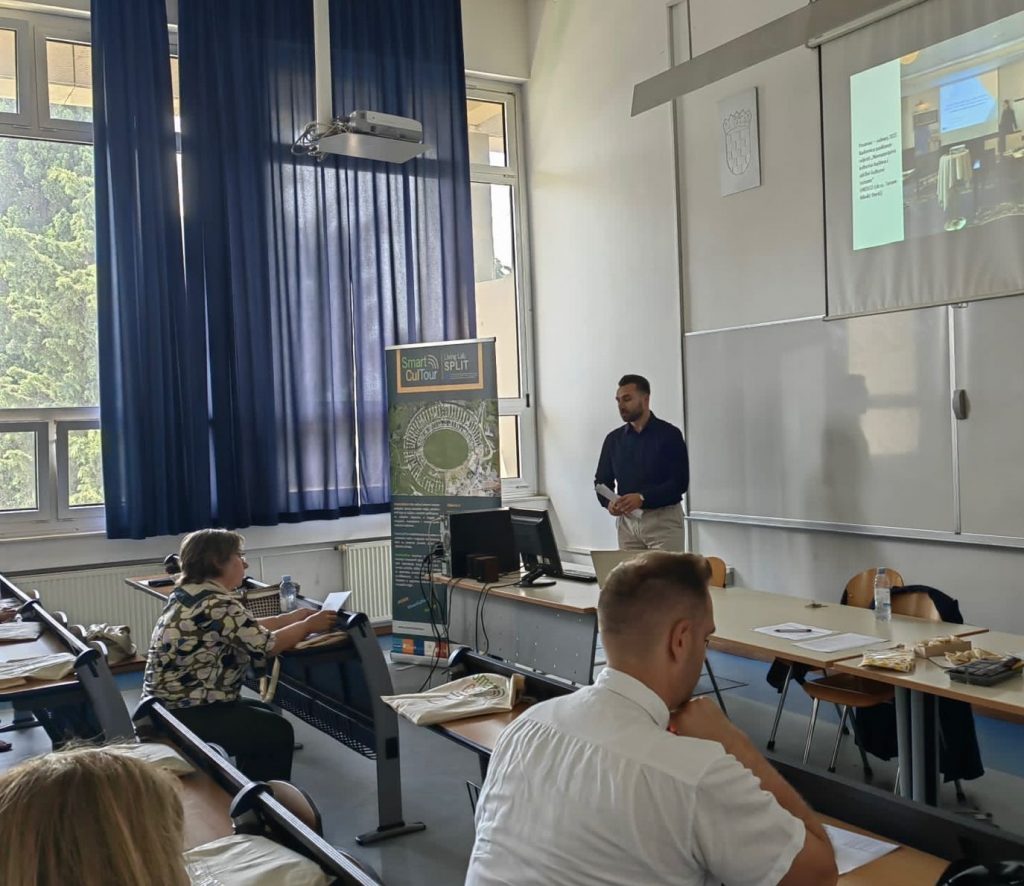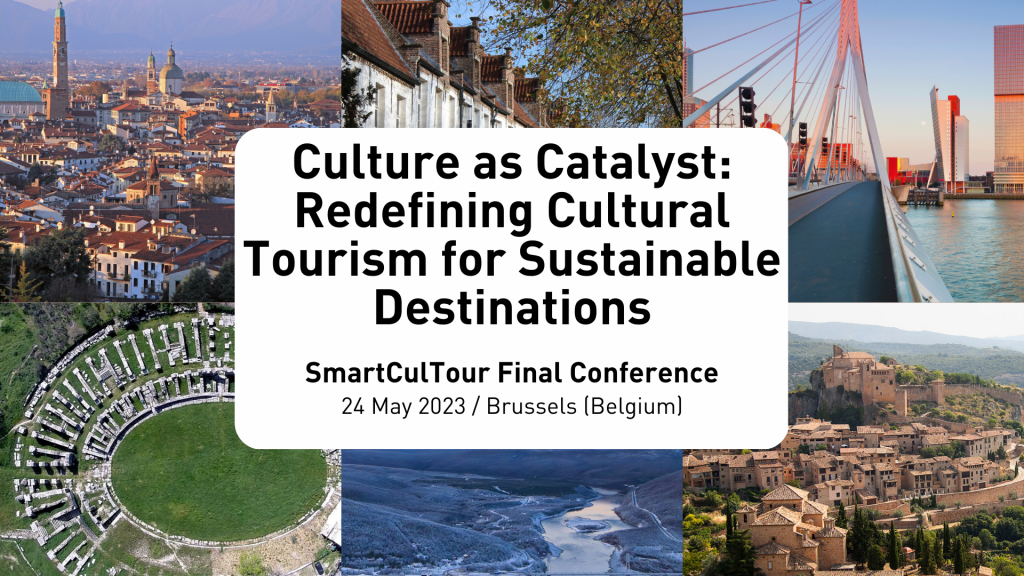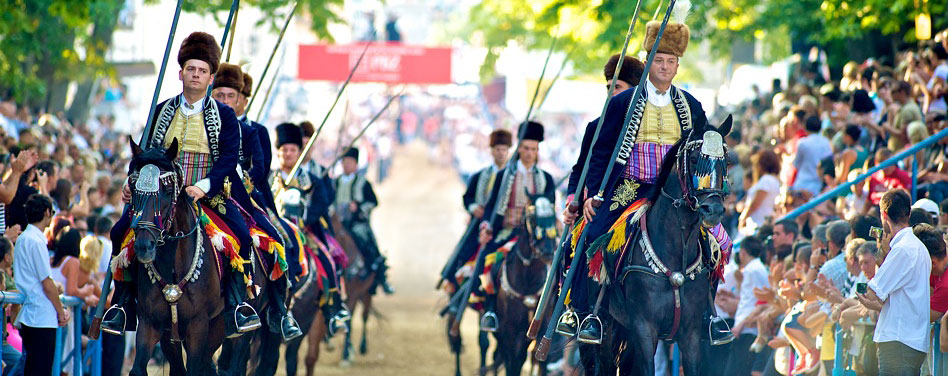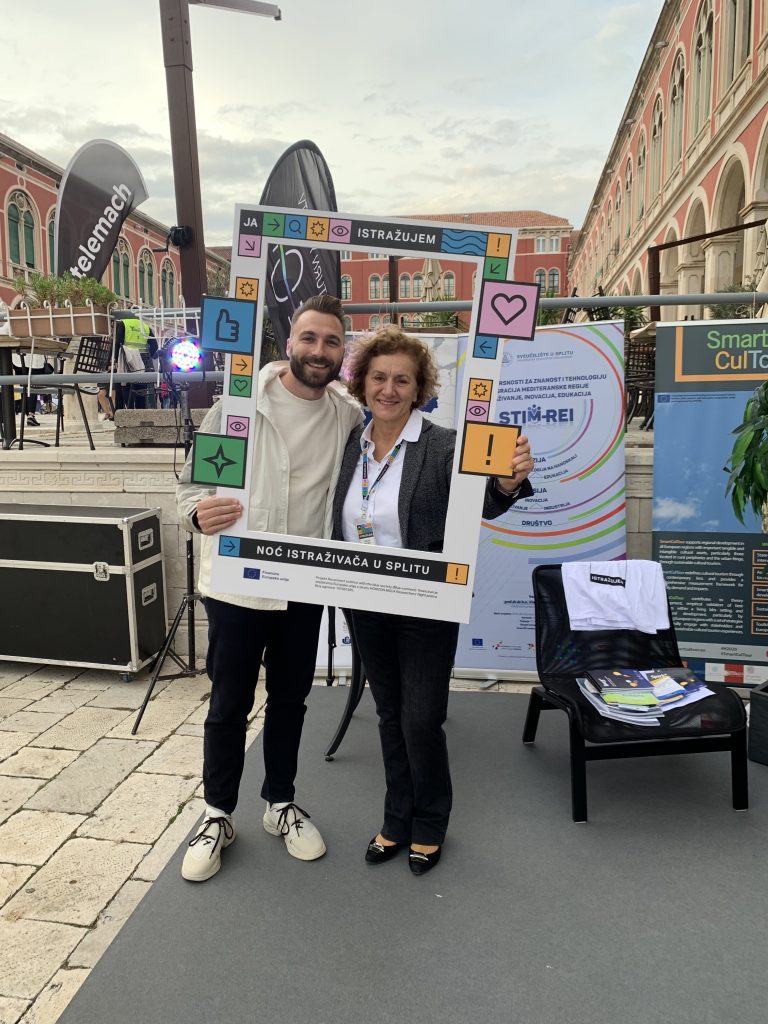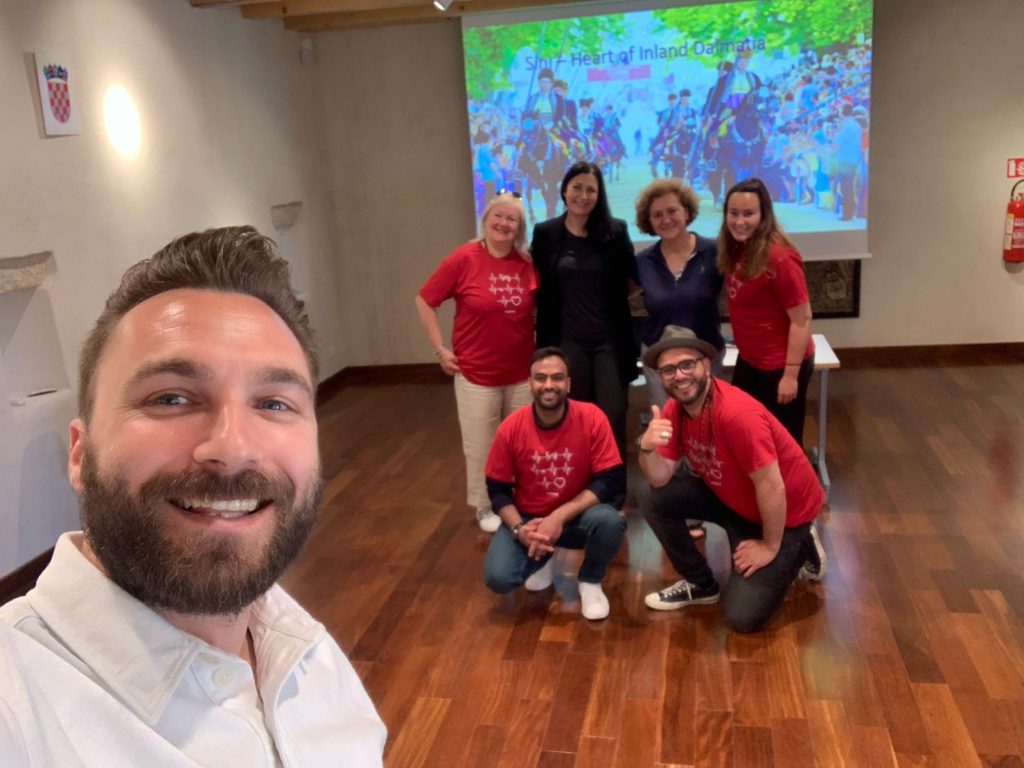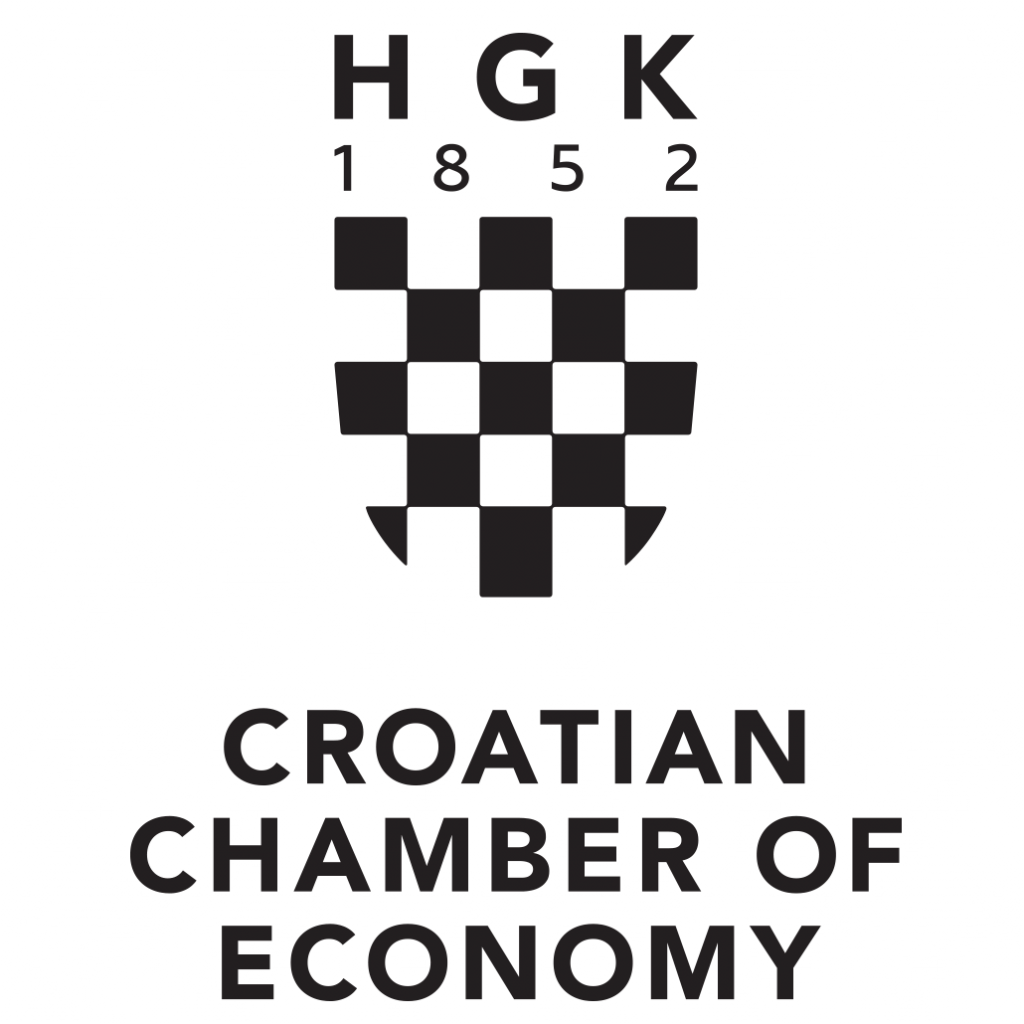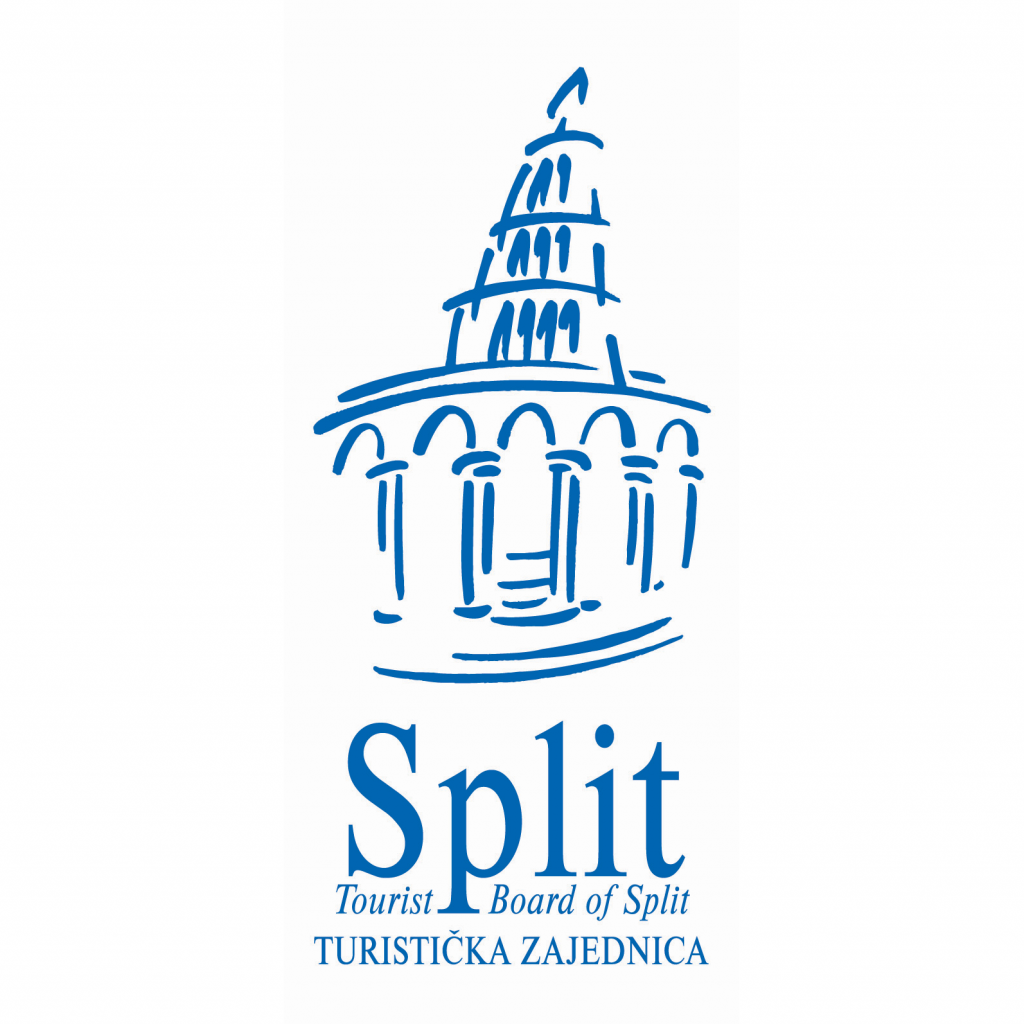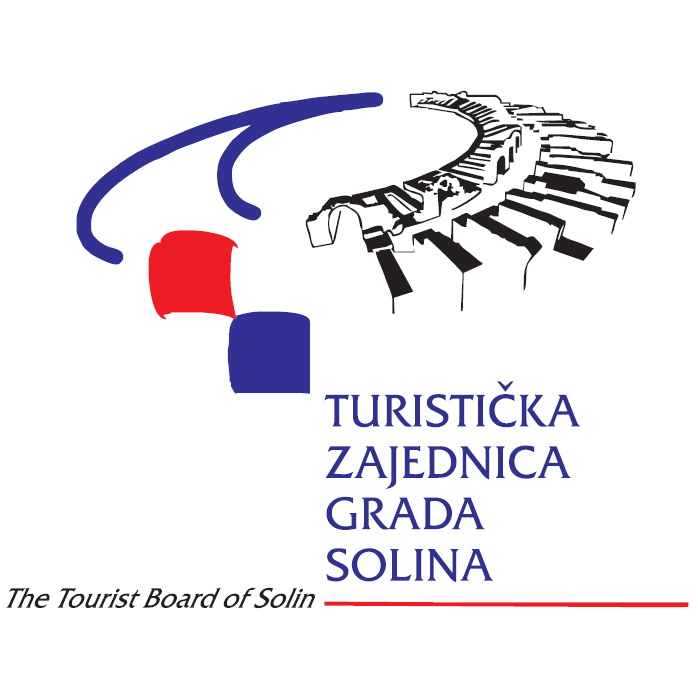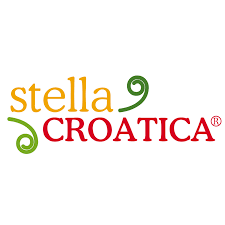City of Split metropolitan area
The Living Lab
The Split-Dalmatian County (SDC) is one of 21 Croatian counties (of which six belong to the Adriatic region, situated in the middle part of the Adriatic coast). SDC has a land surface of 4,540 km2 and 454,798 inhabitants (11% of Croatian population), who live in 16 towns and 39 municipalities. The population density in the SDC is 101 inhabitants per km2. The SDC consists of three micro regions: Islands, the Coastal Strip and the Hinterland. The coastal strip is a relatively narrow but very long strip between the sea and the mountains and, together with the islands, is subject to intense, seasonally oriented tourism development. The Hinterland is the largest micro-region in terms of surface (60% of total) but also the least populated (23%). It is located between the coastal strip and the border with Bosnia and Hercegovina.
SDC’s biggest city and administrative centre is Split, with approximately 190,000 inhabitants living in the city itself, and more than 300,000 in its metropolitan area. The metropolitan area of the city of Split consists of 13 cities and municipalities, out of which Split, Trogir, Kaštela, Solin, Klis, Dugopolje and Sinj make the proposed Living Lab.
In 2019 Split itself realized ca. 944,465 arrivals (4.8 % of the Croatian total) and 2,757,305 tourist overnights (3.02 % of the Croatian total). The Living lab territory realized 1,313,271 overnights in total, out of which the four coastal municipalities (i.e. Split,Trogir, Kaštela and Solin) realized over 95 % of the LL’s total, while the three located more in the Hinterland area still have modest results in terms of tourism development
Living Lab interventions
Making traditional Easter bread-Sirnica in Solin: Link between past and future
The cultural heritage of Sinj: the story of Alka
News
Empowering Stakeholders: From House of Quality to Educational Programs
In our recent stakeholder meeting, we utilized an effective tool called the House of Quality…
Culture as catalyst: New tourism trends to be explored in the EU-funded SmartCulTour Final Conference in Brussels
Stakeholders of the cultural tourism sector in Europe are invited to join the Final Conference…
The cultural heritage of Sinj: the story of Alka – Split LL intervention
For local communities, intangible cultural heritage (ICH) can be a valuable tourism resource. It can…
The European Researchers’ Night – Split LL
On September 30th, the FEBT team leader, prof. Lidija Petrić and Split LL Manager, ass….
The exchange visit in the Split Metropolitan Area LL
Between the 11th and 13th of May, Split Metropolitan Area Living Lab hosted the stakeholders…
UNESCO kicks off capacity-building actions in the Split and Utsjoki Living Laboratories
As foreseen by its role as leader of WP6, UNESCO has kicked off capacity-building actions…




